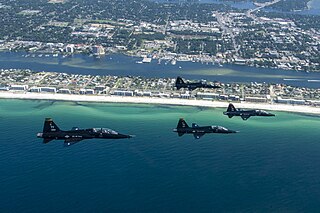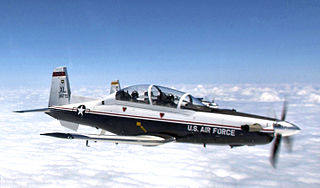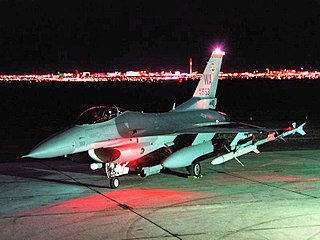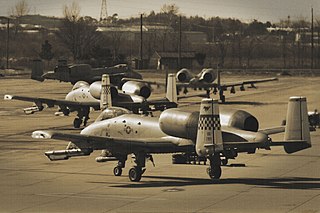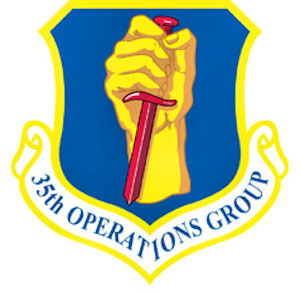This article needs additional citations for verification .(December 2012) |
| 39th Flying Training Squadron | |
|---|---|
 T-1 Jayhawk from Randolph AFB | |
| Active | 1940–1957; 1969–1974; 1977–1984; 1990–1991; 1993–1999; 2001–2007; 2007–present |
| Country | |
| Branch | |
| Role | Instructor Pilot Training |
| Part of | Air Force Reserve Command |
| Garrison/HQ | Randolph Air Force Base |
| Engagements | Southwest Pacific Theater Korean War [1] |
| Decorations | Distinguished Unit Citation Air Force Outstanding Unit Award Philippine Presidential Unit Citation Republic of Korea Presidential Unit Citation [1] |
| Commanders | |
| Notable commanders | Lt. Col. Thomas J. Lynch Brig Gen. Robert F. Titus |
| Insignia | |
| 39th Flying Training Squadron emblem (approved 13 April 2009) [1] |  |
| 39th Pursuit Squadron emblem (approved 16 April 1941) [1] |  |
The 39th Flying Training Squadron is part of the 340th Flying Training Group and is the reserve associate to the 12th Flying Training Wing based at Randolph Air Force Base, Texas.
Contents
- Mission
- History
- World War II
- Far East Air Forces
- Tactical Air Command
- Lineage
- Assignments
- Stations
- Aircraft
- Notable members
- References
- Notes
- Bibliography
- External links
The squadron was first activated as the 39th Pursuit Squadron in the buildup of the United States Army Air Corps in response to the War in Europe. It moved to the Pacific Coast in response to the attack on Pearl Harbor and briefly flew antisubmarine patrols before deploying to the Southwest Pacific Theater, earning two Distinguished Unit Citations (DUC)s and a Philippine Presidential Unit Citation for its actions during the war.
The squadron remained in the Far East and as the 39th Fighter-Interceptor Squadron was part of the air defenses of Japan when North Korea invaded South Korea. The 39th earned two more DUCs and a Republic of Korea Presidential Unit Citation during combat in Korea. Following the 1953 truce, the squadron returned to Japan, serving as an air defense unit until inactivating in December 1957.
The squadron was activated as the 39th Tactical Reconnaissance Training Squadron in 1969 when Tactical Air Command replaced its Command controlled (4 digit) units with Air Force controlled units. It trained Douglas B-66 Destroyer aircrews until inactivating in 1974.
The squadron has been a flying training unit since 1990, except for a brief stint as a test squadron.








